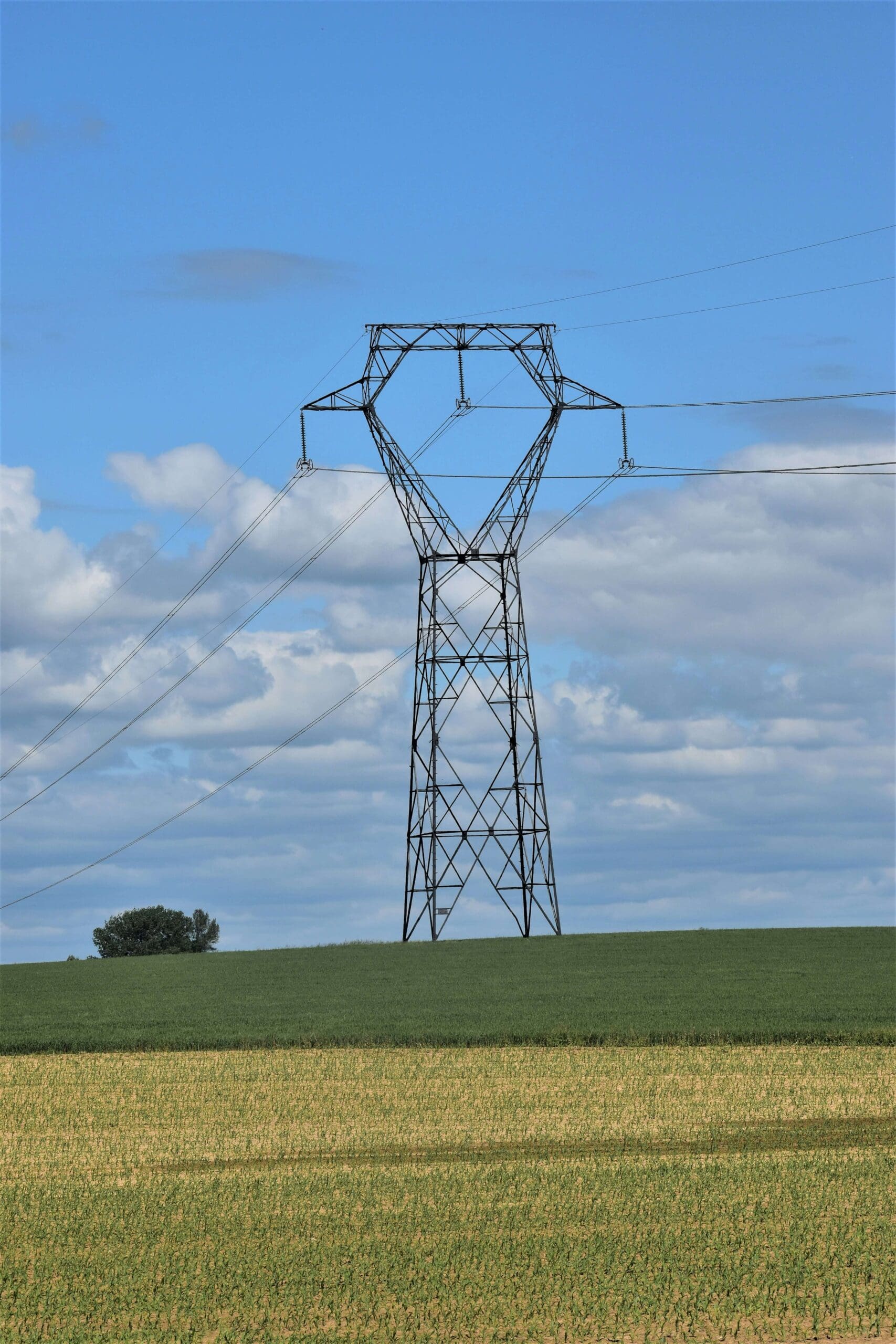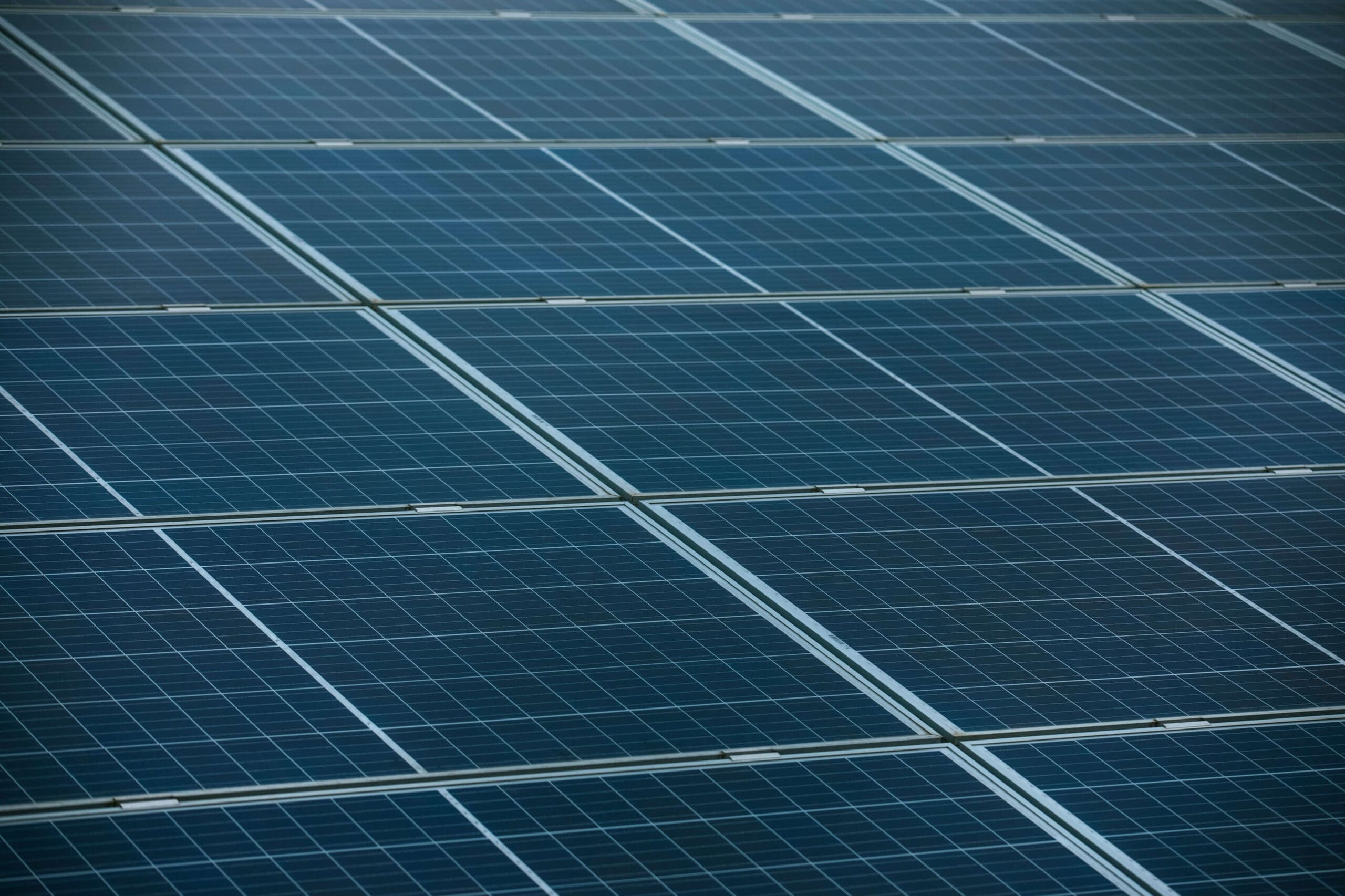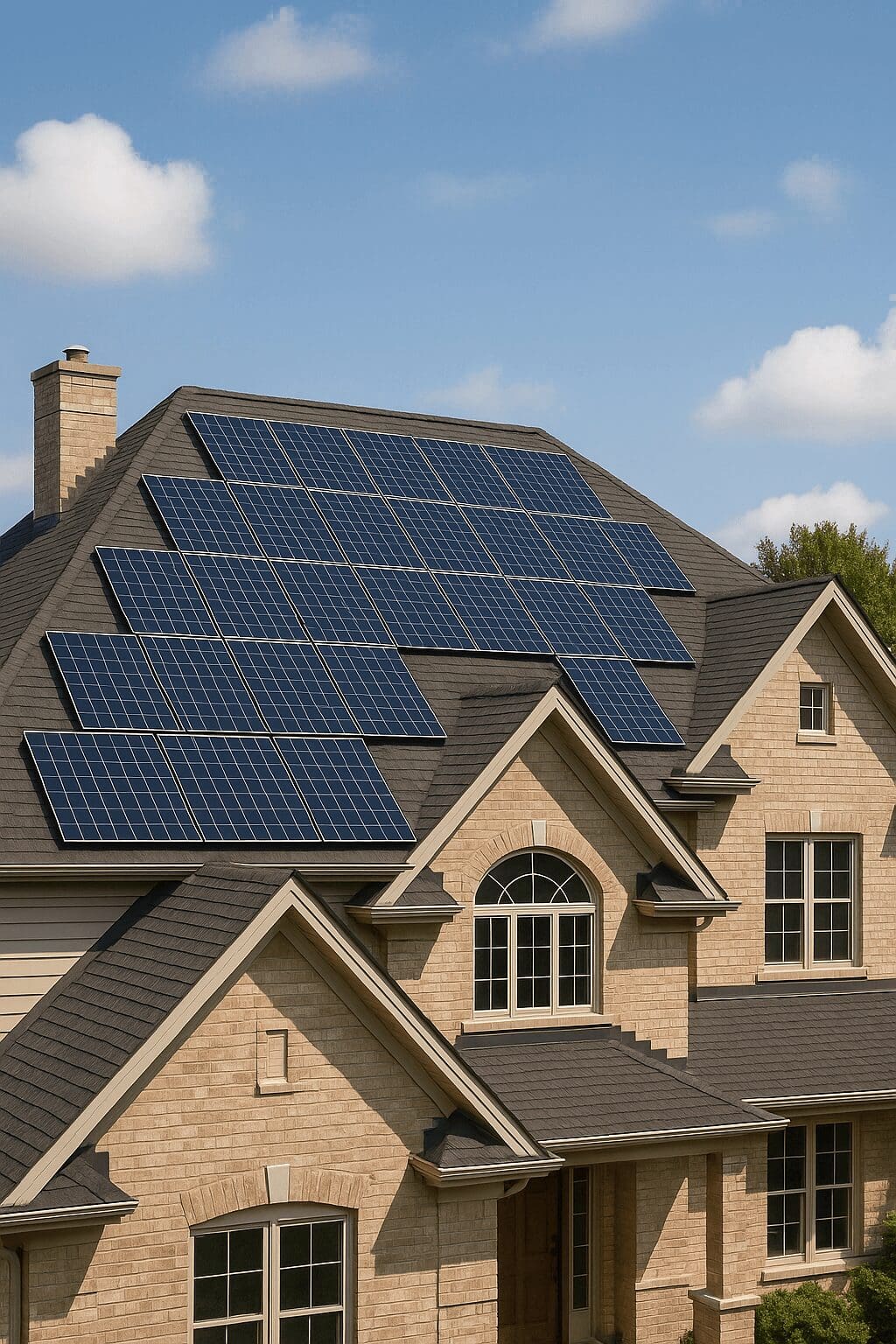Artificial intelligence (AI) is revolutionizing industries across the globe, from powering cutting-edge medical research to streamlining customer service operations. But there’s a hidden cost to this technological revolution—rising electricity consumption. The rapid proliferation of AI is putting pressure on global power grids, increasing energy demand, and driving up electricity prices for businesses and consumers alike.
As AI models become more advanced, the need for high-performance computing, massive data center infrastructure, and real-time AI processing is pushing the boundaries of energy efficiency. In this article, we’ll break down the key factors driving AI’s soaring electricity consumption, explore its impact on costs and grid reliability, and discuss strategies for balancing supply and demand in an increasingly AI-powered world.
How AI Is Increasing Energy Demand
At its core, AI relies on computing power to process vast amounts of data. The more complex the AI model, the greater its electricity consumption. Several factors are fueling this surge in energy demand, reshaping how industries and households interact with the power grid.
AI Queries vs. Traditional Search: A Massive Energy Gap
1. High-Performance Computing (HPC)
AI applications depend on advanced processors, such as GPUs (Graphics Processing Units) and TPUs (Tensor Processing Units), which consume far more energy than standard CPUs (Central Processing Units). Training large machine learning models requires running billions of calculations, demanding enormous computational resources and driving up electricity consumption.
2. AI Queries vs. Traditional Search: A Massive Energy Gap
One of the most striking examples of AI’s energy consumption is the difference between a Google search and an AI-generated response. A single ChatGPT query requires nearly 10 times the electricity of a Google search.
- Google Search: Uses approximately 0.0003 kWh per query.
- ChatGPT Query: Consumes around 0.0029 kWh per query—nearly 10 times more.
This difference highlights the computational intensity of AI-powered responses. Unlike traditional search engines, which retrieve indexed results, AI models generate responses dynamically, requiring significant processing power.
3. Data Center Expansion: AI’s Growing Footprint
AI-driven applications are fueling an explosion in data center energy consumption. According to industry estimates, AI is expected to drive a 160% increase in data center power demand by 2030.
- Current Data Center Power Use: Accounts for 1-2% of global electricity consumption.
- Projected AI Impact: Expected to rise to 3-4% of global electricity use by the end of the decade.
While a rise from 1-2% to 3-4% of global electricity consumption may seem modest at first glance, the implications are far-reaching. Global energy demand is already growing due to expanding industries, rising populations, and increased electrification of transportation. AI’s accelerating power usage compounds these pressures, adding significant strain to existing power grids, increasing the likelihood of supply shortages, and driving up energy costs.
More importantly, this increase is concentrated with data centers clustered in specific regions, which means local grids in high-tech hubs will experience disproportionate strain, leading to regional instability, higher peak demand fluctuations, and power reliability concerns. As AI adoption continues, policymakers and energy providers must account for these challenges to ensure grid resilience, affordable electricity, and sustainable energy supply for both businesses and households.
4. Continuous AI Workloads: A Nonstop Energy Drain
Unlike traditional computing tasks, AI systems operate 24/7, processing real-time data for applications such as automated chatbots, predictive analytics, and image recognition. This continuous operation contributes to constant electricity consumption, creating peak demand spikes that strain power grids.
- AI-powered chatbots and virtual assistants run continuously, consuming energy even when idle.
- AI-driven recommendation engines (used by streaming services and e-commerce platforms) require constant data processing, increasing overall power demand.
- AI-based fraud detection systems in banking and cybersecurity operate in real time, adding to the always-on energy consumption.
5. The Ripple Effect on Grid Stability
The energy demands of AI are straining global power grids, raising concerns about grid stability, blackouts, and regional energy imbalances.
- Peak Load Challenges – AI systems consume large amounts of electricity during peak usage hours, competing with industrial power demands and residential electricity needs.
- Geographic Energy Imbalances – Major tech hubs, where AI data centers are concentrated, experience localized energy surges that make certain regions more vulnerable to power disruptions.
- Need for Grid Modernization – To support expanding AI applications, power companies must upgrade transmission lines, invest in energy-efficient solutions, and implement grid resilience measures.
AI’s Impact on Energy Costs and Electricity Prices
The surge in AI-driven electricity consumption has direct financial consequences, affecting data centers, business operations, and consumer electricity bills.
1. Rising Operational Costs for Businesses
Companies investing in AI infrastructure are facing higher energy costs, forcing them to allocate more resources to maintaining server efficiency. These expenses are particularly significant for organizations running large-scale AI applications that demand heavy processing power.
2. Increased Consumer Pricing
Higher energy demand translates to rising electricity prices for businesses, which can ultimately affect consumers. As companies adjust their budgets to accommodate AI-related energy costs, they may raise product and service prices, passing the burden onto customers.
3. Competitive Pressures in the AI Industry
Organizations relying on AI technology must account for these energy costs, balancing innovation with economic sustainability. Tech companies investing in AI hardware are prioritizing energy-efficient computing to mitigate the financial impact of rising electricity consumption.
Grid Stability Challenges: Can Power Infrastructure Keep Up?
The energy demands of AI are straining global power grids, raising concerns about grid stability, blackouts, and regional energy imbalances.
1. Peak Load Challenges
AI systems consume large amounts of electricity during peak usage hours, competing with industrial power demands and residential electricity needs. This can overwhelm the electric grid, increasing the risk of power outages.
2. Geographic Energy Imbalances
Major tech hubs, where AI data centers are concentrated, experience localized energy surges that make certain regions more vulnerable to power disruptions. Cities with growing AI industries must reassess their energy infrastructure to accommodate increasing demand.
3. Need for Grid Modernization
To support expanding AI applications, power companies must upgrade transmission lines, invest in energy-efficient solutions, and implement grid resilience measures. Without action, the strain on global electricity networks could become a long-term challenge.
Balancing AI’s Growth with Energy Supply and Demand
As AI adoption accelerates across industries, energy providers, governments, and tech companies are searching for innovative solutions to ensure a stable, affordable, and sustainable energy future.
1. Strategic Data Center Placement: Shifting AI Workloads for Grid Stability
To mitigate grid overload, businesses are rethinking data center placement, choosing locations with excess energy capacity or access to more reliable power sources.
- Shifting AI Operations to Energy-Rich Regions – Companies are relocating AI workloads to areas with abundant energy resources, such as provinces with surplus hydroelectric power or regions with overbuilt grid infrastructure.
- Cold Climate Advantage – Many AI data centers generate enormous heat, requiring energy-intensive cooling systems. Some operators are shifting data processing centers to colder regions, reducing cooling energy costs and improving overall energy efficiency.
- Leveraging Renewable Energy – Certain tech firms are strategically building data centers near wind farms or hydroelectric plants to integrate renewable energy solutions and reduce strain on traditional grids.
These strategic placements help balance supply and demand, ensuring that AI expansion doesn’t negatively impact heavily populated areas already experiencing energy shortages or peak load challenges.
2. AI Optimization for Energy Efficiency: Smarter Computing, Lower Power Use
The computing power required to train and operate AI models is immense—but researchers are actively working on optimizing AI algorithms to reduce their electricity consumption while maintaining performance.
- Low-Power AI Algorithms – Engineers are redesigning machine learning models to require fewer computations per task, cutting down on energy usage while maintaining accuracy.
- Hardware Efficiency Improvements – Tech companies are developing next-generation processors designed specifically for AI workloads, offering better performance per watt, reducing overall electricity consumption for data processing.
- AI Workload Scheduling – Some companies are implementing intelligent energy scheduling, timing high-power AI operations to run during off-peak hours when electricity demand is lower, helping to stabilize grid load.
By improving AI efficiency, industries can reduce reliance on excessive computing power, helping mitigate AI-driven energy cost increases and grid instability.
3. Policy and Regulations: Government Action to Manage AI’s Energy Footprint
Governments and regulatory agencies are stepping in to address AI’s impact on national power grids, introducing energy policies aimed at ensuring long-term stability.
- Energy Usage Reporting for AI Data Centers – Some regions are requiring data centers to disclose their electricity consumption, allowing policymakers to monitor trends and anticipate grid challenges.
- AI-Specific Energy Efficiency Standards – Countries are exploring legislation that encourages companies to adopt energy-efficient AI technologies, reducing unnecessary energy waste.
- Investments in Grid Infrastructure – Governments are funding power transmission upgrades, improving grid resilience to prevent disruptions caused by excessive AI-driven electricity demand spikes.
These proactive policy measures aim to balance AI innovation with energy reliability, ensuring that power grids remain functional as AI technology continues to expand.
Rooftop Solar: A Smart Solution for Canadian Families Amid AI’s Energy Surge
The growing demand for electricity, fueled by the expansion of artificial intelligence (AI), is reshaping energy consumption patterns across Canada. With data centers, machine learning models, and real-time AI applications consuming ever-increasing amounts of power, household electricity costs are expected to rise. For Canadian families looking for ways to control energy expenses and boost long-term savings, rooftop solar power is an increasingly attractive solution.
How AI’s Energy Demand Impacts Canadian Households
AI-driven technology isn’t just affecting corporations, it’s influencing residential electricity pricing as well. Rising grid demand from AI applications increases pressure on utilities, leading to higher costs for consumers. As power-hungry data centers expand, urban energy grids must work harder to maintain stability, and many regions may experience rate hikes to offset growing energy consumption.
This trend makes energy independence more valuable than ever. Households reliant on the traditional grid have less control over fluctuating costs, while those investing in rooftop solar enjoy a predictable, long-term reduction in electricity bills.
Why Rooftop Solar is a Practical Solution
For Canadian families, rooftop solar installations provide multiple advantages that directly address the challenges AI-driven energy consumption brings:
- Lower Electricity Bills – By generating your own power, you can reduce reliance on the grid and avoid rising utility rates caused by increased AI energy demand.
- Energy Independence – Instead of being at the mercy of grid instability, homeowners with solar panels can produce power even during peak load hours.
- Long-Term Savings – As AI adoption grows, electricity costs will likely continue trending upward. Investing in solar energy today means greater financial stability in the future.
- Reduced Peak Load Pressure – AI-driven applications create high energy demand spikes, which can strain regional power grids. Homes equipped with solar panels generate their own electricity, helping balance local energy loads.
- Government Incentives & Rebates – Many provinces offer solar energy incentives, reducing upfront costs and making solar panel installations more affordable for Canadian homeowners.
Future-Proofing Homes with Renewable Energy
As AI technology continues advancing, its energy consumption will only increase, further influencing electricity pricing and grid stability. Canadian homeowners who invest in rooftop solar now are setting themselves up for a more sustainable and cost-effective future, where energy independence shields them from unpredictable rate hikes.For families looking to take control of their energy costs, reduce reliance on traditional power grids, and future-proof their homes, solar energy is a smart, forward-thinking investment.
Managing AI’s Energy Footprint: Why Canadian Families Should Consider Rooftop Solar
AI’s electricity consumption will continue to rise as technology advances, making energy management a crucial consideration for businesses, consumers, and policymakers. The demand for high-performance computing, data center expansion, and real-time AI processing is reshaping how industries approach energy efficiency and grid stability. But this isn’t just a challenge for large corporations; it directly affects Canadian families.
With AI-driven data centers and machine learning applications increasing grid demand, household electricity costs will likely continue climbing. Families reliant on traditional power sources will see their monthly expenses fluctuate with AI-related energy spikes, while those taking proactive steps toward energy independence—such as installing rooftop solar—can shield themselves from unpredictable rate hikes.
By prioritizing power optimization, supporting grid modernization, and investing in energy-efficient AI technologies, industries can strike a balance between innovation and stability. But at the household level, Canadian families can take control of their own energy future by exploring solar power solutions.
Take Action: Gain Energy Independence with Rooftop Solar
As AI’s footprint expands, homeowners can make strategic choices to safeguard their energy bills. Rooftop solar power offers Canadian families a way to:
- Reduce reliance on the grid and avoid AI-driven electricity cost increases.
- Generate their own power, ensuring financial stability amid rising utility prices.
- Protect their homes from energy supply fluctuations, especially in regions affected by AI-related grid strain.
- Take advantage of government incentives that make solar adoption more affordable.
For Canadian households looking to future-proof their finances and take charge of their energy independence, now is the time to consider rooftop solar. AI’s impact on electricity demand is here to stay—those who prepare today will reap the benefits tomorrow.




